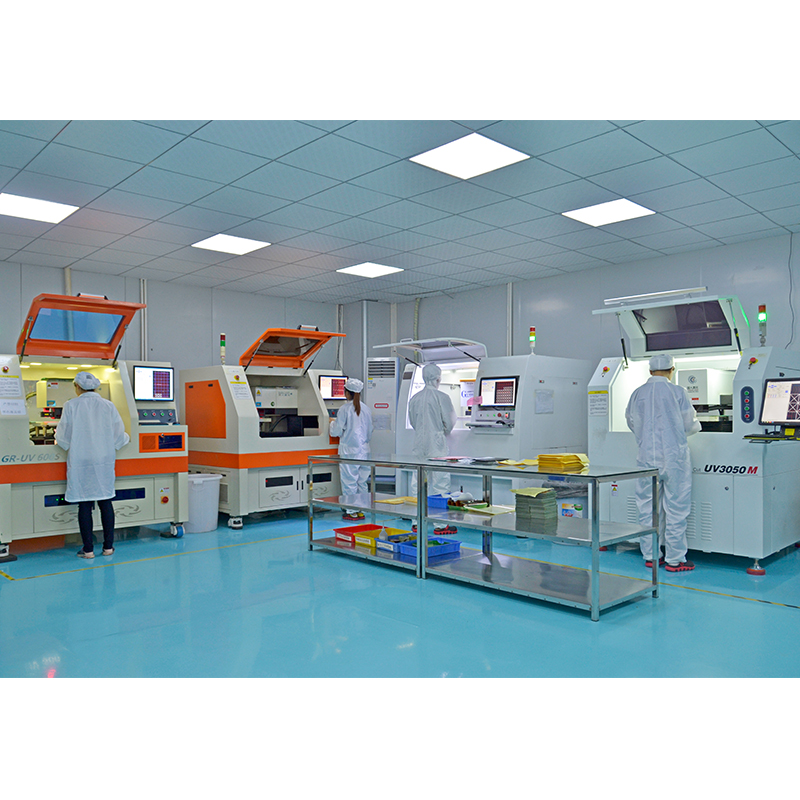Flexible circuits, also known as flexible printed circuit boards (PCBs), are important components of many of today’s electronic devices. Their flexibility allows them to adapt to different shapes and sizes, making them ideal for applications that require some degree of bending or bending. Fabrication of flex circuits involves several steps, including selection of appropriate materials. In this blog post, we’ll explore common materials used in flex circuit fabrication and the role they play in ensuring the durability and functionality of these circuits.
One of the primary materials used in flex circuit manufacturing is polyimide. Polyimide is a high temperature resistant plastic material that can withstand harsh environments. It has excellent thermal stability and electrical insulating properties, making it suitable for use in flexible circuits that may be exposed to high temperatures or extreme conditions. Polyimide is commonly used as a base material or substrate for flexible circuits.
Another commonly used material in flex circuit manufacturing is copper. Copper is an excellent conductor of electricity, making it ideal for transmitting electrical signals in flex circuits. It is usually laminated to a polyimide substrate to form conductive traces or wiring on a circuit. Copper foil or thin copper sheets are usually used in the manufacturing process. The thickness of the copper layer can vary according to specific application requirements.
Adhesive materials are also critical in flex circuit manufacturing. Adhesives are used to bond the different layers of a flex circuit together, ensuring that the circuit remains intact and flexible. Two common adhesive materials used in flex circuit manufacturing are acrylic-based adhesives and epoxy-based adhesives. Acrylic-based adhesives offer good flexibility, while epoxy-based adhesives are more rigid and durable.
In addition to these materials, coverlays or solder mask materials are used to protect the conductive traces on the flex circuit. Overlay materials are typically made of polyimide or liquid photoimaging solder mask (LPI). They are applied on conductive traces to provide insulation and protect them from environmental elements such as moisture, dust and chemicals. The cover layer also helps prevent short circuits and improves the overall reliability of the flex circuit.
Another material commonly used in flex circuit manufacturing is ribs. Ribs are usually made of FR-4, a flame retardant fiberglass epoxy material. They are used to reinforce certain areas of a flex circuit that require additional support or stiffness. Ribs can be added in areas where connectors or components are mounted to provide additional strength and stability to the circuit.
In addition to these primary materials, other components such as solders, protective coatings, and insulating materials may be used during flex circuit manufacturing. Each of these materials plays a vital role in ensuring the performance, durability and reliability of flexible circuits in a variety of applications.
In summary, materials commonly used in flex circuit fabrication include polyimide as the substrate, copper as the conductive traces, adhesive material for bonding, cover layers for insulation and protection, and ribs for reinforcement . Each of these materials serves a specific purpose and together enhance the functionality and reliability of flex circuits. Understanding and selecting the right materials is critical to producing high-quality flexible circuits that meet the stringent requirements of modern electronic devices.
Post time: Sep-02-2023
Back







